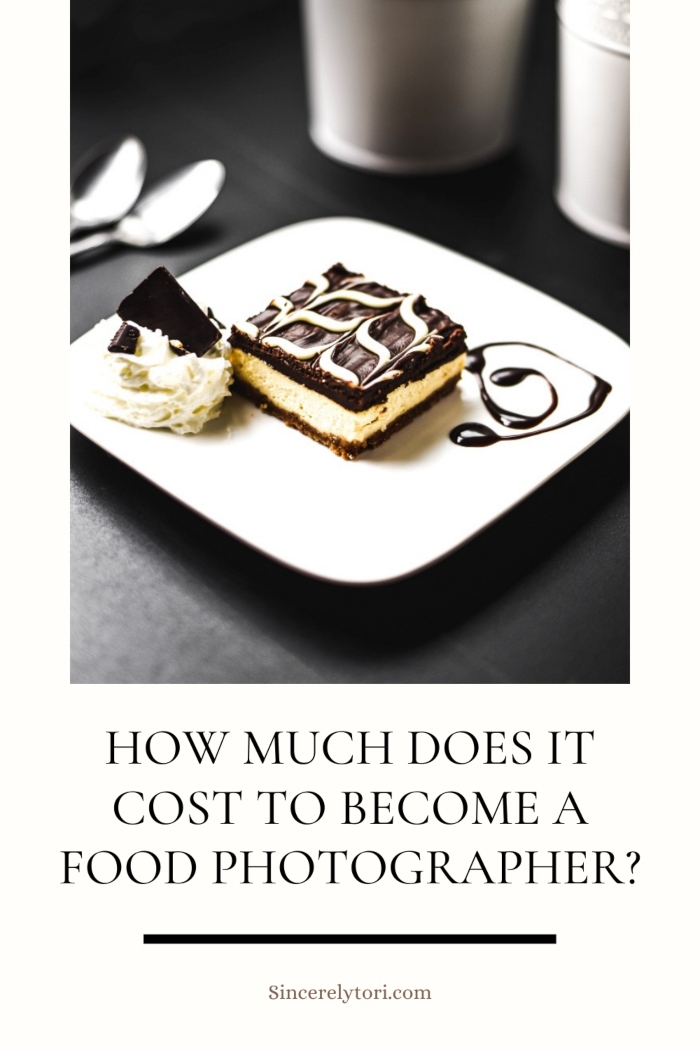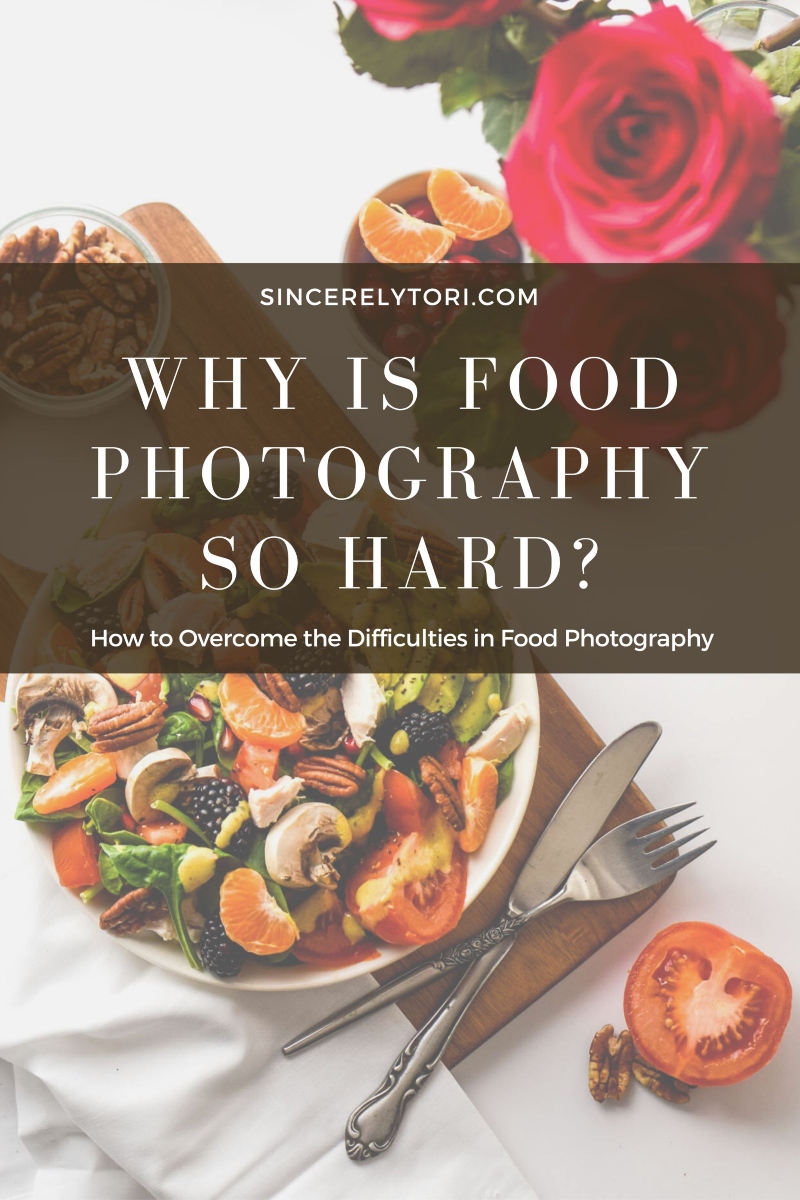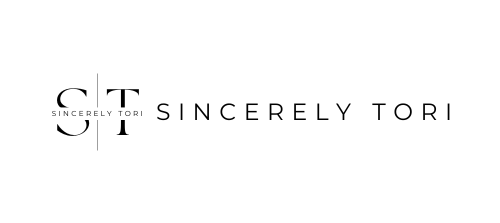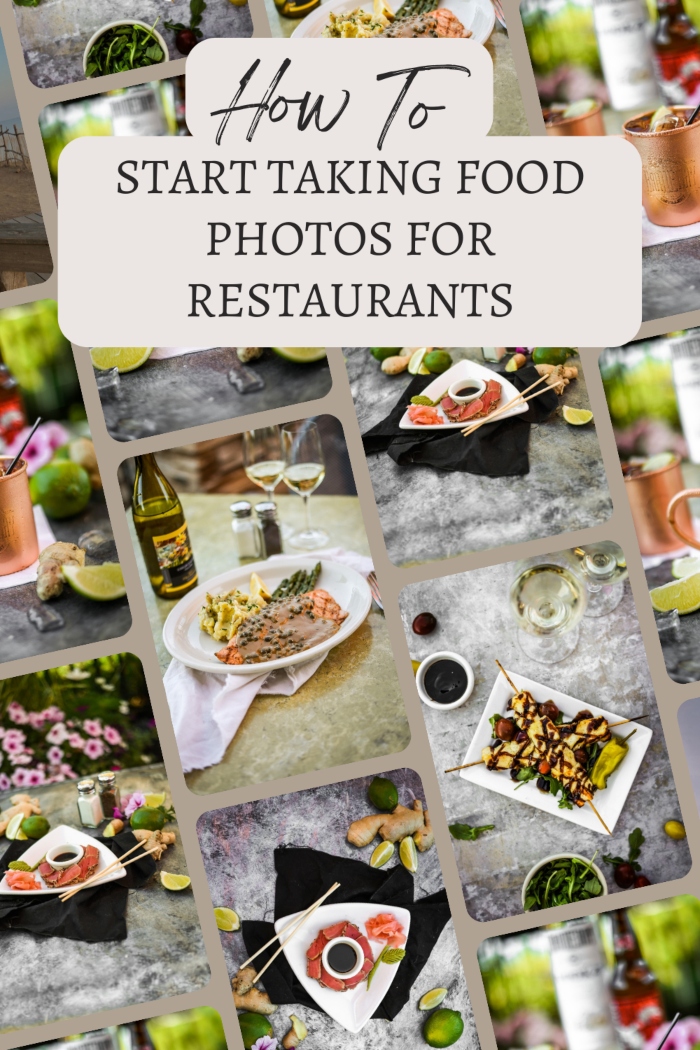
How to Start Taking Food Photos for Restaurants
The Intensive Guide to Getting Started as a Professional Restaurant Photographer
How YOU Can Get Started Taking Photos for Restaurants
Restaurant photography has the potential to be a complete career for those that love it and want to strive for it. For others, it’s a great way to cut their teeth if they want to go onto bigger better things like working with large advertisers or taking photos for the big name food publications.
There are many resources online with helpful tips on how to actually take photos inside or outside of a restaurant once you have the job. That’s really helpful and stuff but, like, what if we’re just starting out and we don’t know anyone?
The real question is “How do you get jobs taking photos for restaurants in the first place?”
In this post I’m hoping to help you figure out the best approach to take in your current circumstances to get started.
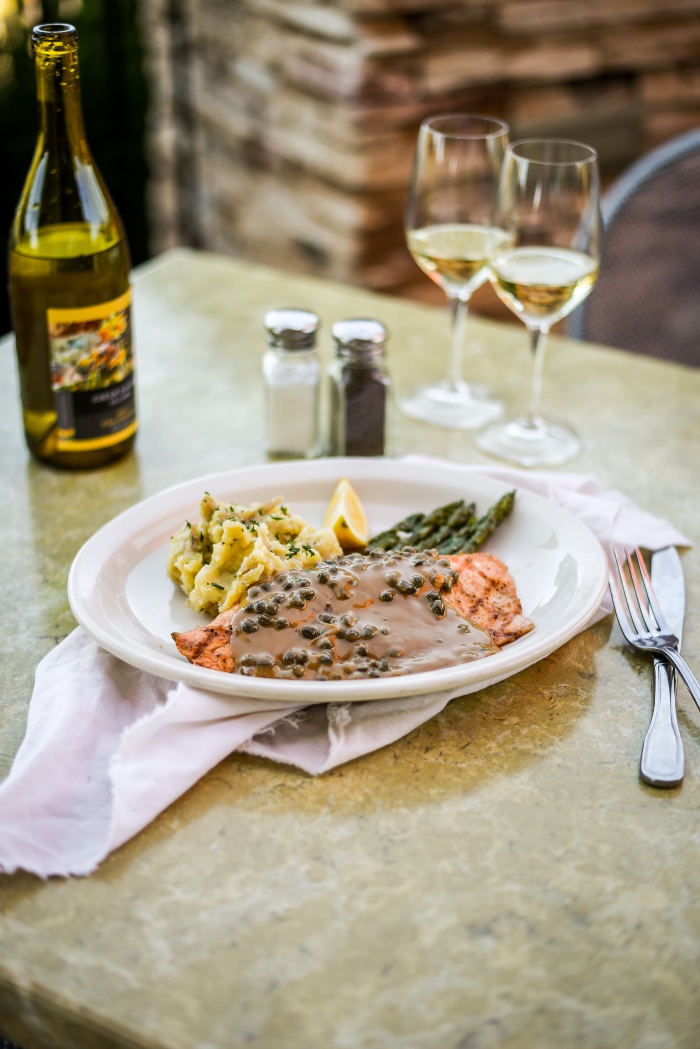
How I Got Started Taking Photos for Restaurants
It would be easy to assume that I got started in restaurant photography because I have a history as a food blogger. However, I actually got my start when I was working full-time in a restaurant. One day I was looking up said restaurant online and realized that their photos were, well, not good.
I am a super shy person, and back then I was way more shy. Yet, somehow I got up the nerve to ask my manager if I could try some test photos for free for the restaurant. They agreed and I set-up a mini photoshoot with my friend, the chef.
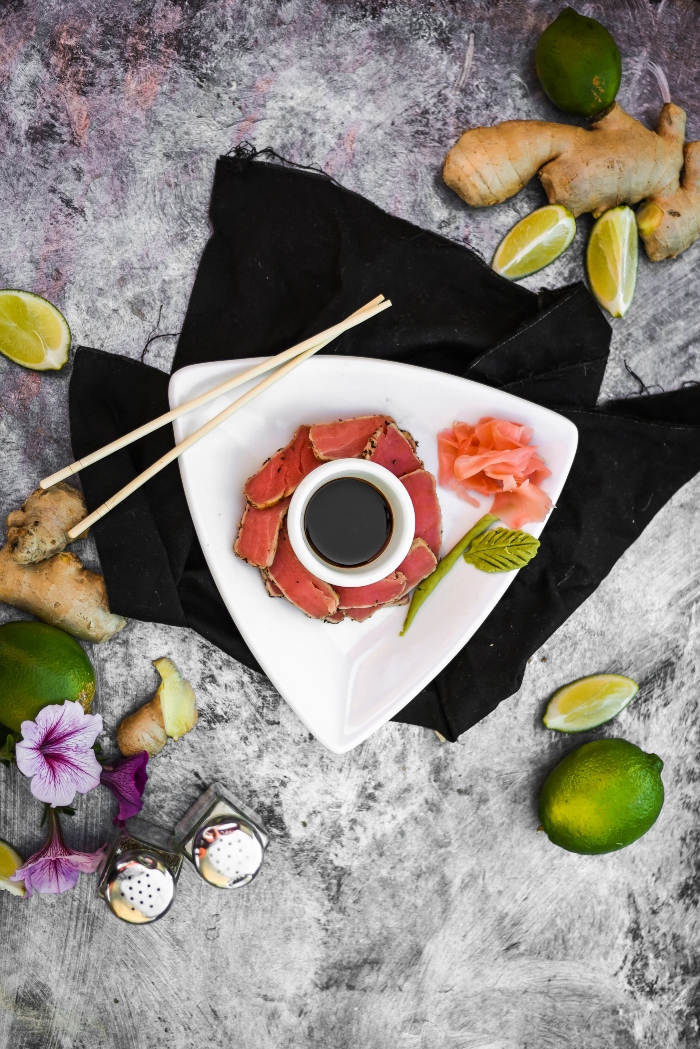
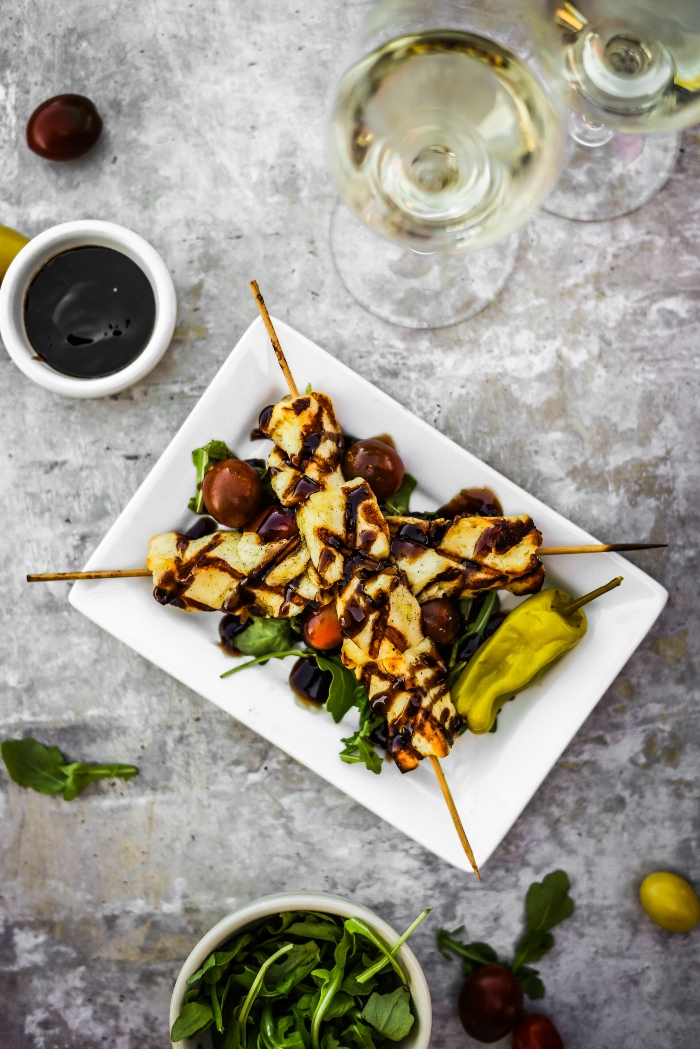
The photos turned out halfway decent and that was the end of it, or so I thought. Then about a year later I got an email from the chief operating officer of this restaurant franchise asking me to take photos for their brand new, very fancy, sister restaurant. The restaurant needed a full set of photos for their new website and social media.
The new restaurant happened to be a few cities away so I planned a trip and said I’d do it. Now I don’t recommend doing this as your first experience in restaurant photography. The photoshoot barely covered my travel expenses. I didn’t care though, I was over the moon to be getting paid to do what I LOVE to do and not slaving away in the prep kitchen.
The rest is history. I’ve now shot for a number of restaurants, magazines, small businesses, etc. I’m constantly getting new clients all the time through the network I’ve built.
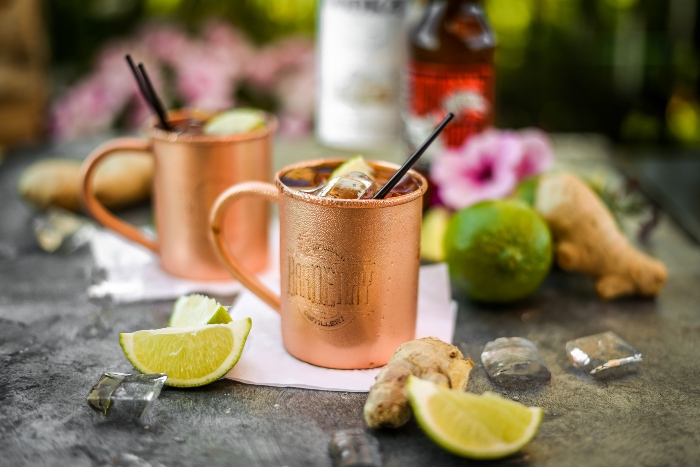
Steps to Getting Booked for Your First Restaurant Gig
Quick note on following these steps: If you are an absolute beginner then you’ll want to follow all of these steps before getting started. For more advanced food photographers skip to STEP 3.
1. Get Experience
This goes without saying, but you’re going to need a camera and some idea of what you’re doing. When You are getting started, you don’t have to be a seasoned professional. You should know your way around your camera’s settings though. Shooting in manual is a plus, but you can use some of the easier settings on your camera to get you going. You should also know how to properly style food and have good composition.
You can get practice by making a home food photography studio and experimenting with different lighting and styling techniques. It doesn’t need to be anything elaborate. A window and a table are fine to get you started. You don’t need artificial lights, tripods, flashes, filters, etc. However a few bounce cards are really inexpensive and helpful for playing with light.
2. Acquire Gear & Learn to Edit
As for the gear you need, start with just a camera. When I started learning food photography I was in a tiny cabin in South America with no windows and a point and shoot Canon something or other. You do not need to buy a fancy DSLR right away. A nice smart phone camera is even a great option for getting practice.
When you’re ready you can upgrade to something nicer. My first DSLR was a Nikon D5300 that I used for years until I upgraded to the camera I use now, the Nikon D750. I used the kit lens for years and then finally got my absolute favorite lens. There is a constant debate amongst photographers about which camera is best for food photography. I personally don’t have a bias, I simply have gone with Nikon for now.
Lastly, you’ll need to get familiar with a good editing software. I use Adobe Lightroom for all of my photos. Most photographers will use Lightroom and Photoshop, but there are some cheaper options for getting used to editing.
3. Build a Portfolio
Before you approach a restaurant you’ll need to be able to show them what you can do. A physical portfolio is not at all necessary, especially because you’ll most likely be getting the majority of your clients online. If you want to get a printed book from a photo print service such as Mixbook.com that’s great. Any clients that are more old-school will appreciate seeing your work in print.
For your online portfolio, a great option is to get a collection of your best images together and make a simple media kit. You can email it as a PDF to prospective clients. It doesn’t have to have a fancy Instagram page or portfolio website right off the bat. Obviously you can if you want to, but it’s not necessary at first.
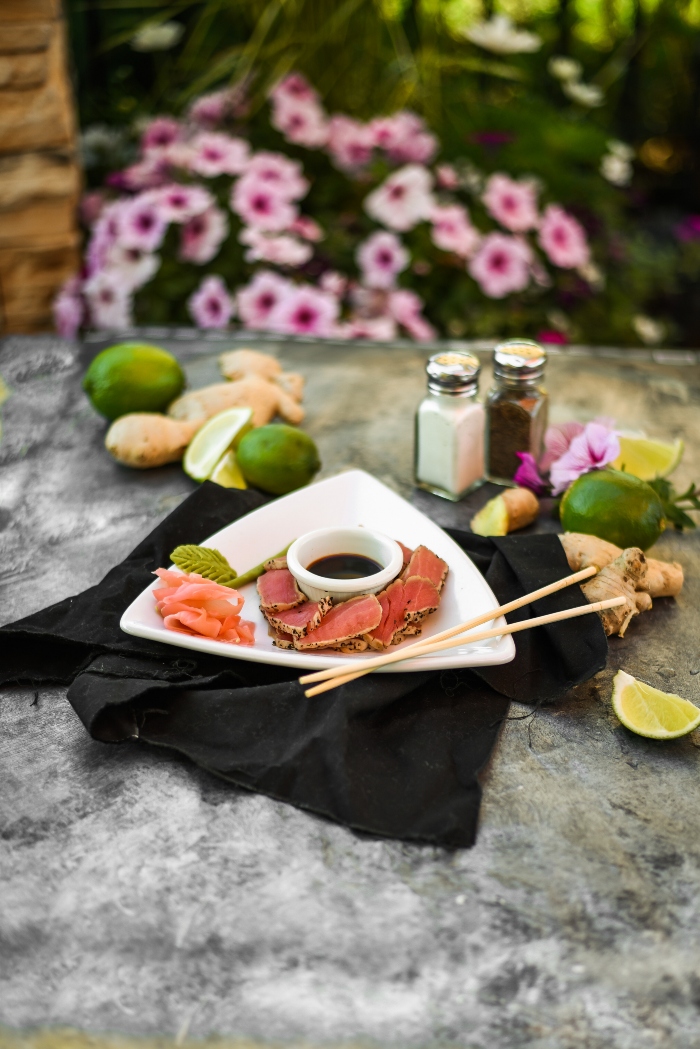
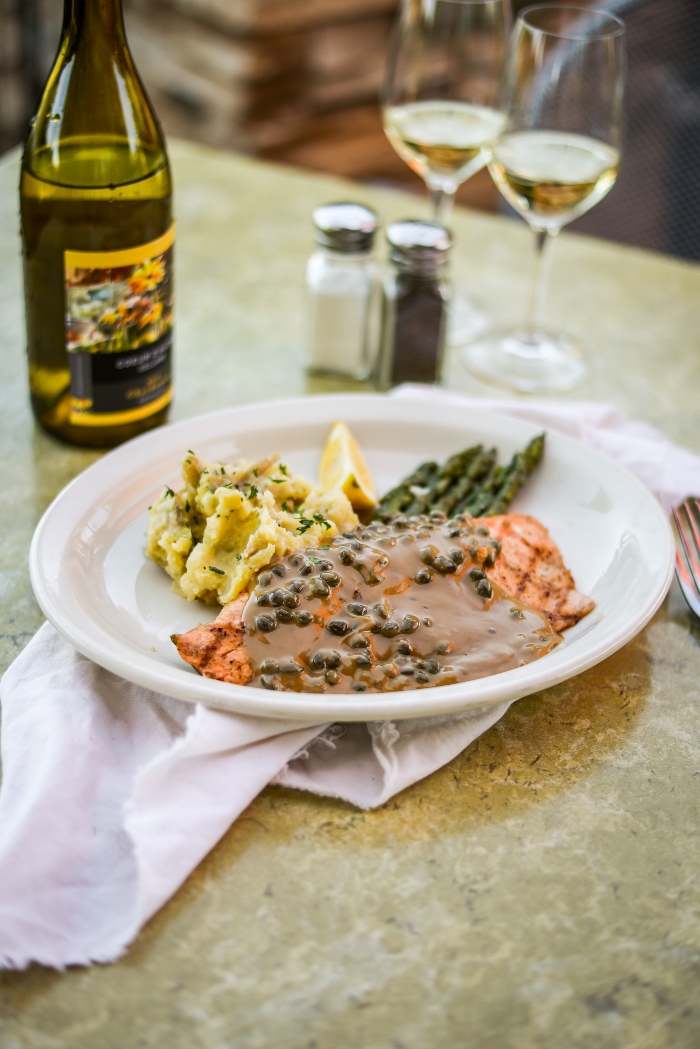
4. Build a Network
“It’s not about what you know, it’s about who you know.”
Proverb
Time for people-ing. I can’t emphasize enough how important it is to build connections with the right people. If you’re shy like I was that’s alright, just put on your adult pants and get up the courage to start networking. This will set you up for returning clients and will make your life way easier. You never know who knows someone that may need your food photography services so get out and be sociable.
So who do you talk with to ask about doing photos for a restaurant?
Let’s go through a list of different ways you can get in touch with restaurants and small food businesses in your local area.
Local Food Festivals
If you live in an area that puts on large food events this can be a gold mine of connections. Many local restaurants and small food businesses will be part of hosting the event and have their own booths. Don’t go and sell yourself to them, make friends. Be genuinely interested in the chefs and owners and ask questions. They will often they’ll ask about you in return and give you a chance to talk about what you do. Just make pleasant conversation and you’ll be surprised how often it leads to jobs.
Managers
If you have a restaurant in mind that you’d like to take photos for then talking to the manager is sometimes the fastest way to get in touch with the right people. You can catch them in person if you’re at the restaurant or search for their email online or on the restaurant website. Be courteous and kind and they’ll often want to help you out.
Restaurant Websites
Most restaurants will have contact info on their website, often in the form of an email icon. This usually will get you in touch with the manager but larger restaurants with have other options such as regional managers or marketing directors.
LinkedIn is a quick easy way to see if you can find the right people to talk to. Start by searching the restaurant’s name and seeing if they have a listing. If so, there will likely be a link to find the employees who also have LinkedIn accounts. Titles to look for are “Human Resources Manager”, “Marketing Director”, “Regional Manager”, “Sales Manager”, or “Creative Director”.
PR Agencies
If you’re shooting for larger clients you can try reaching out to PR Agencies in your city. Do a simple search online for “PR Agency (insert your city)”. These agencies is that they are used to getting contacted by photographers so you’ll likely get a response.
Social Media
This is certainly not the most professional of ways to get in touch with potential clients. It is however a common method in the modern age, and one that is becoming less frowned upon. Try sending a direct message through the restaurant’s social media page if you’ve tried all the other methods first.
Word of mouth
Once you’ve built a network, gigs will start coming your way left and right. Tell all your friends, family, and acquaintances that you’re looking for restaurants that need photos and often they’ll bring you leads.
5. Set Your Pricing
Before you call, email, or speak in-person with your clients, you’ll want to have a solid idea of what your pricing structure is going to be. Every photoshoot is different so it’s alright to have some built-in flexibility, just don’t go too low or way too high.
It’s a cliché I’m sure you have heard but it’s true. “A 50 dollar client will never become a 500 dollar client”. Don’t weave a network of only people who expect you to work for pennies. As you start out pitching clients it’s not a bad idea to offer to do some shoots for free. In fact, this is a great way to make friends in the restaurant industry. Ask to take photos for smaller restaurants to use in your portfolio and let them use them on social media in exchange. If they want to use them for advertising then you can ask for a small licensing fee.
I personally recommend only doing a few of these and then if those clients want more photos in the future you can have a discussion about your rates (and start higher than you think you’re worth). Now don’t get crazy with this. Restaurants run on slim margins and don’t have large budgets, but don’t sell yourself short. If you do then you’ll end up with dozens of low-ticket clients and you’ll run yourself ragged trying to do too much but never having room to scale up.
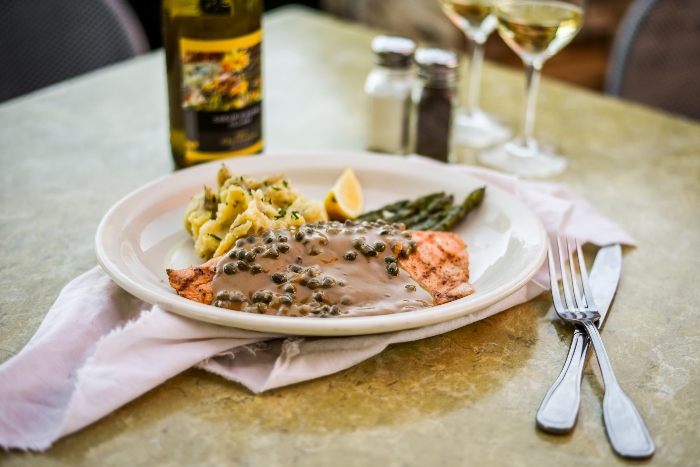
6. Get Booked
Now it’s time to set up those restaurant photo shoots! In a future post I will talk about how to prepare and what to bring to your restaurant shoots. For your first few gigs, it’s completely fine to use natural light and whatever surfaces and dishes the restaurant has.
Reach out to the restaurant a few weeks before the shoot to get all the details you need, like what style they are going for. Also be sure to get an idea if the dishes are well styled by the chef. Otherwise you may need to bring a styling kit or at least a few tools.
Ask for a shot list if the client has not already provided one. This will help you get a very good understanding of how you’re going to set-up your shots. If your client is unsure about answering any of your questions, it’s ok. Just get what information you can to prepare ahead of time. Check out my post about How Many Photos to Give a Food Photography Client if you are dealing with an indecisive client.
7. Do NOT Forget about Contracts and Licensing
Sound intimidating? Don’t worry, I was terrified about this when I first started. I literally knew nothing about copyright, licensing, or how to write a contract. Rest assured that it isn’t as complicated as it seems. I am not a lawyer so do not take this as legal advice. There are plenty of resources online to learn about writing contracts for food photography clients.
Make sure you understand your rights as a photographer and charge proper licensing fees for your work. You are running a business now, you have to get paid as such.
Please do not brush this aside and think you’ll be fine without it. For the first many photoshoots you probably will, but it only takes one disgruntled client to make your life a living hell with legal trouble.
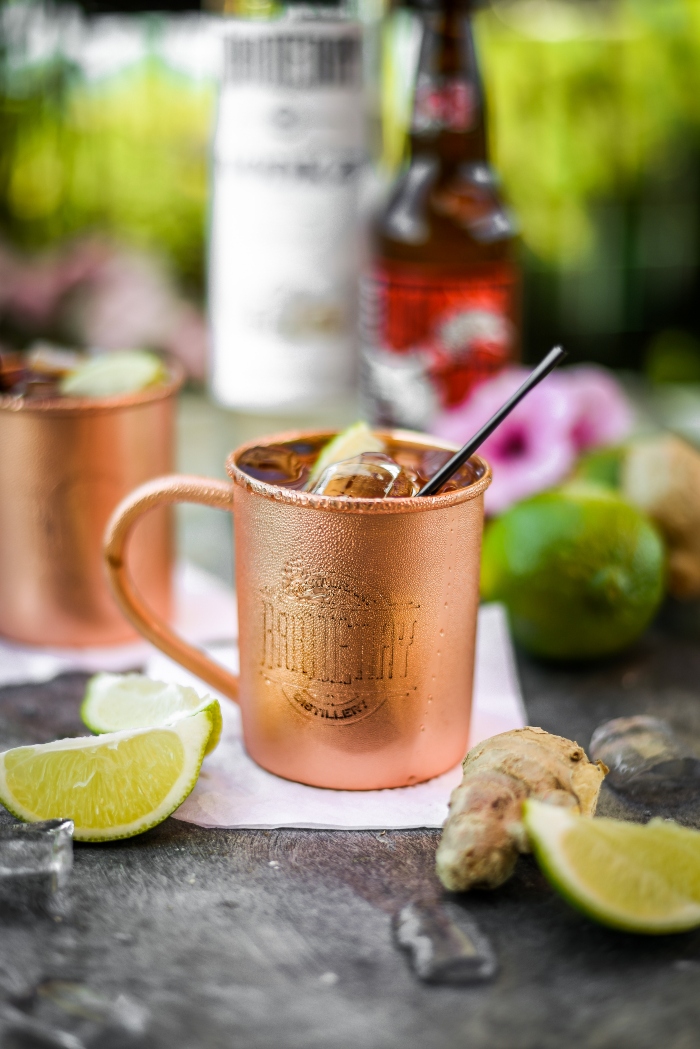
8. Start an Official Business
When you are first starting out this in not something you need to worry about. Make sure this is something you like doing and want to pursue for real. Having a formal business won’t necessarily help you book clients, it will just help you avoid legal actions and separate money for taxes. Yep, you’ve got to pay taxes on all that dough you’ll be bringing in.
You can start out as a sole proprietorship and continue like that while you operate on a small scale. If you’re only doing this on the side though, you may never need to file for a business.
However, if you decide that this is something you want to take seriously, you’ll want to look into the different types of business structures you can set up where you live. This varies country to country and state to state.
9. Get More Clients
You’re a pro now! It’s time to keep building up your portfolio, growing your skills, and increasing your earning potential. Clients that loved your work will often come back again and again, or refer you to their restaurant friends. As you gain experience many opportunities will come your way if you maintain relationships and do great work.
Loved this post? Wanna save it for reference later? Pin it!

This post contains affiliate links for products I love. This means, at no additional cost to you, I will receive a commission for any products you purchase through my link. Thank you so much for supporting this blog. Learn more here.
